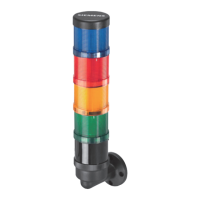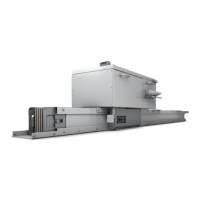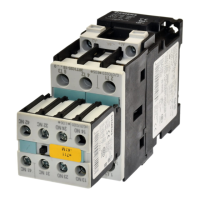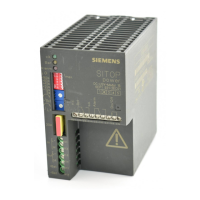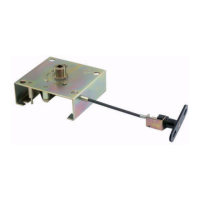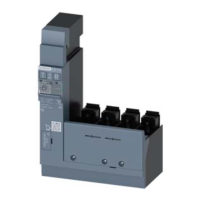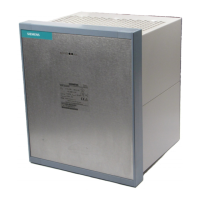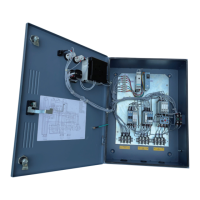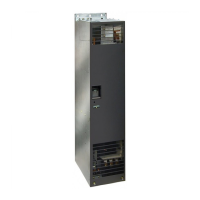SWT 3000 Equipment Manual PU3 Module
© SIEMENS AG 2008 Edition p3_3_x 08/09 Page - 7
The controller triggers an interrupt in the DSP for the transmission of outgoing protection com-
mands. For the receiving of incoming protection commands the DSP triggers an interrupt in the
controller. The controller continuously monitors the functionability of the DSP by means of a watch-
dog function.
Self-test
The self-test functions are executed in the "self-test" phase after every program restart. In the
event of a fault it enables the fault to be reliably pinpointed at module level. The following tests are
performed in the self-test:
Checking the program and data memory of controller and DSP for functionability
Checking of configuration and parameter data for plausibility
Checking the interface(s) and communication between controller and DSP
Checking the controller-IFC module interface
Checking the interfaces to the CLE (as far as possible)
If a fault is detected in the self-test phase all inputs and outputs of the interface modules are dis-
connected and the corresponding alarms activated (LED, relays). The internal alarm trace can be
interrogated with the service program via the service interface.
Control and display elements of the PU3
Control and display elements are mounted on the module. Some are covered by the front panel:
LID2 LID1
LIA
OK
SIEMENS
SWT 3000
Tx-AL
Rx-AL
SNR
>
>
Tx-AL
Rx-AL
TxTx
Rx
Figure 4: Front panel of a unit with analog line interface CLE and FOM module
z The On/Off switch for the power supply is covered by the front panel in order to pre-
vent the unit being accidentally disconnected.
z The PU3 controller and hence the entire SWT 3000 unit is reset with the Reset but-
ton which is also covered.
PU3 Module
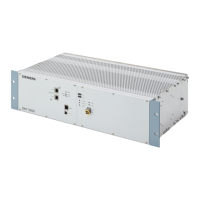
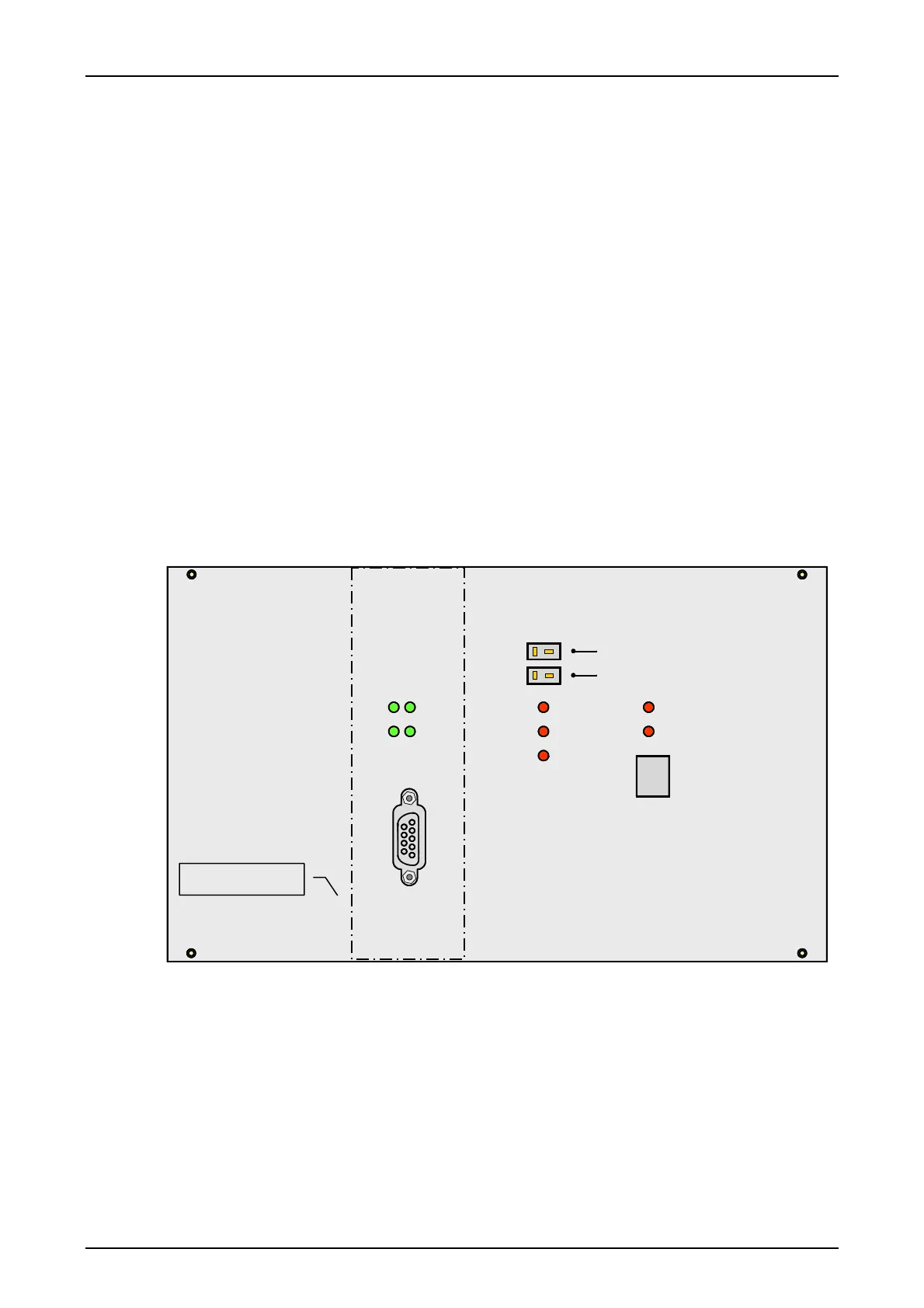